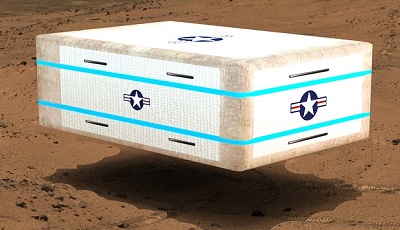- Joined
- Jan 30, 2019
- Messages
- 177
- Reaction score
- 23
In my WIP, I find myself having to describe how somebody is using the cameras mounted on the hull of a spacecraft to check their surroundings. Problem is, describing them as "the cameras mounted on the hull of a spacecraft to check their surroundings" is hella clunky.
Does anybody know if there's a snappy, one or two word name for them in common usage?
Does anybody know if there's a snappy, one or two word name for them in common usage?


